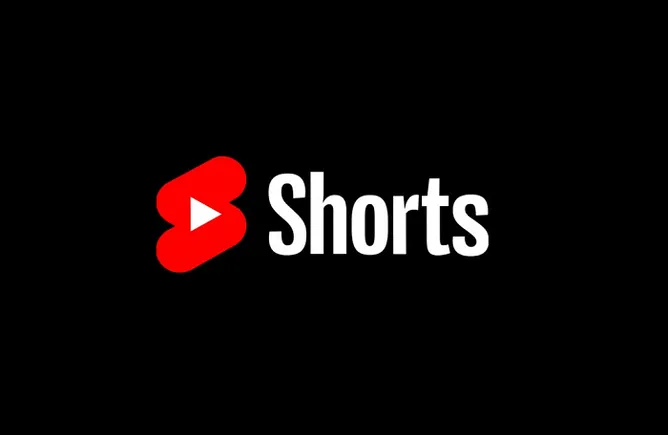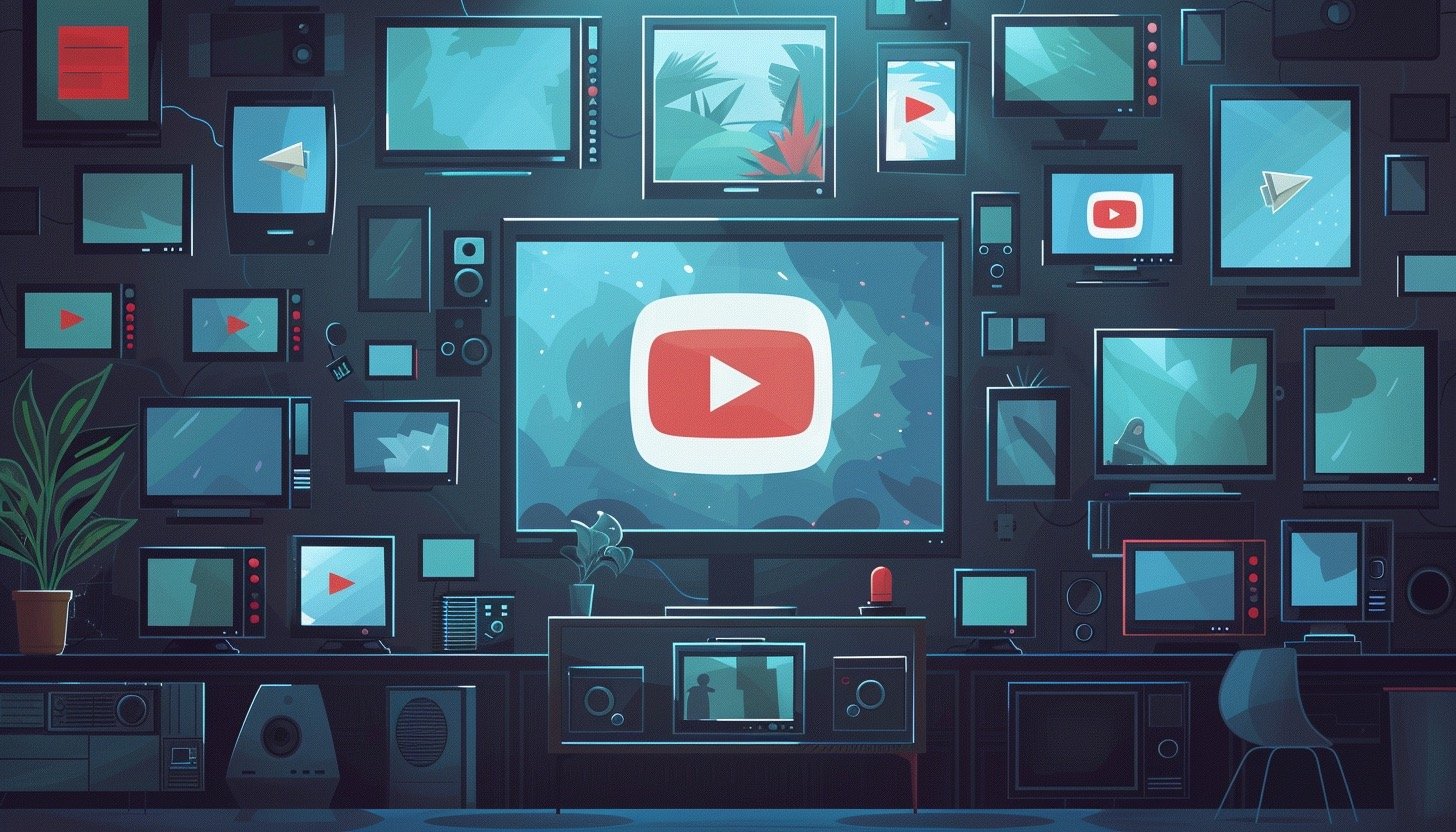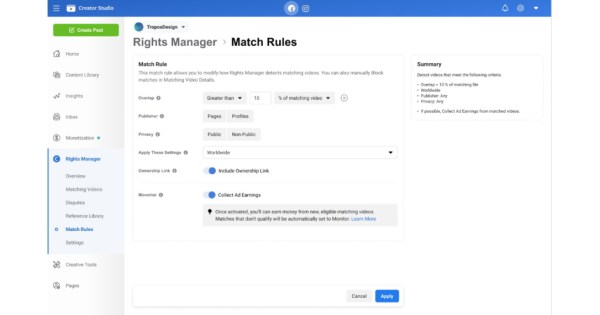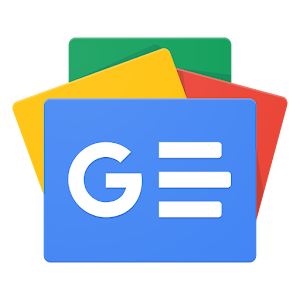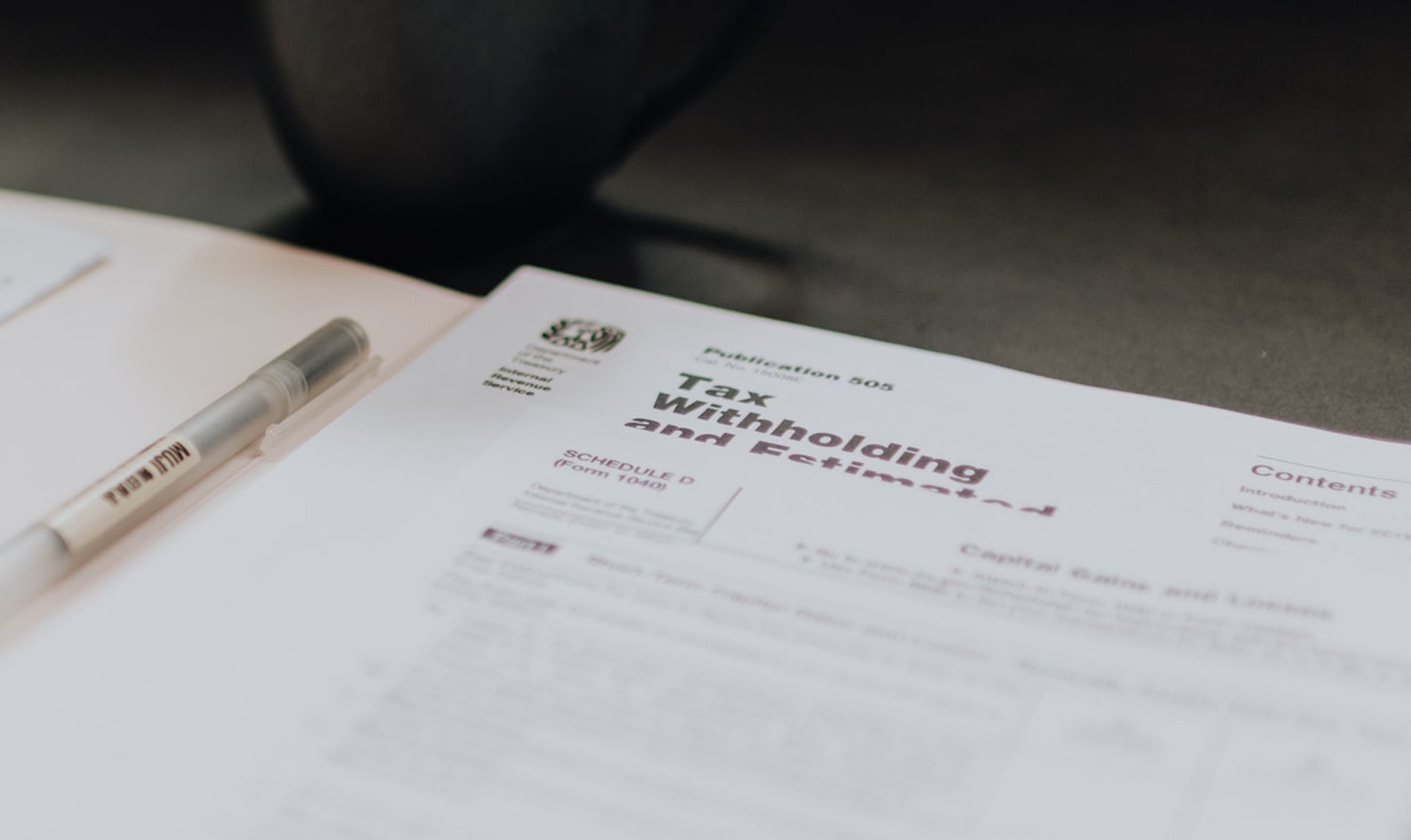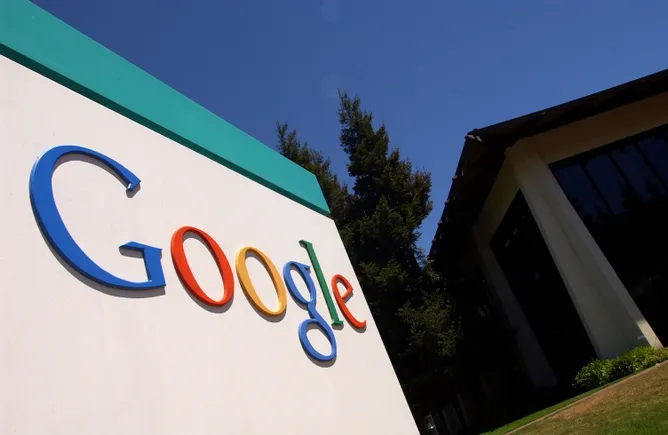Key Takeaways:
YouTube serves as a lucrative platform for income generation, benefiting both professionals and amateurs through diverse monetization methods.
To access advanced features and monetization opportunities, creators must meet YPP criteria, including policy adherence, watch hours, subscribers, and a linked AdSense account.
Successfully monetizing requires adherence to rules such as creating an AdSense account, understanding YPP requirements, enabling monetization, and compliance with YouTube’s policies.
Beyond ads, creators can explore various monetization avenues, including affiliates, YouTube Premium, memberships, merchandise, sponsorships, and special features like Super Chat and Super Stickers.
YouTube is an extremely popular video hosting platform for professionals and amateurs alike. It’s also a fantastic way of creating income if you know your way around it. If you’ve ever wondered how you can monetize YouTube for your own needs, then you’ve come to the right place!
This article explores the potentially lucrative field of YouTube monetization, including tips, the definition of YouTube monetization, relevant policies, and what to do if you’re rejected. We begin with a basic definition.
Understanding YouTube Monetization
YouTube monetization is a dynamic process that allows content creators to derive income from their videos on the platform. This financial incentive has turned YouTube into a lucrative space for both professionals and amateurs, offering a way to earn money while sharing engaging content. To embark on this monetization journey, it’s crucial to comprehend the definition, eligibility criteria for the YouTube Partner Program (YPP), and the key requirements involved.
What is YouTube Monetization?
YouTube monetization refers to the ability of content creators to earn money from the videos they upload on the platform. This income is generated through various channels, primarily advertisements, which are displayed before, during, or after the video playback. To participate in YouTube’s monetization program, creators need to adhere to specific criteria set by the platform.
Eligibility Criteria for the YouTube Partner Program (YPP)
The YouTube Partner Program (YPP) is the gateway to unlocking advanced features and, more importantly, monetization opportunities on the platform. To be eligible for YPP, creators must meet the following criteria:
Follow YouTube’s Monetization Policies: Creators must adhere to YouTube’s guidelines and policies, ensuring that their content complies with community standards and is suitable for advertising.
Watch Hours: Creators need to accumulate at least 4,000 watch hours on their videos over the past 12 months. This metric gauges the overall engagement and viewership of a channel.
Subscriber Count: A minimum of 1,000 subscribers is required. This threshold signifies that the channel has a significant and engaged audience.
Linked AdSense Account: Creators must have an AdSense account linked to their YouTube channel. AdSense is Google’s advertising platform, and linking it enables creators to earn revenue from ads displayed on their videos.
Geographical Location: Eligibility for the YPP is contingent on the creator’s geographical location. The program must be available in their region.
No Community Guidelines Strikes: Channels with a history of violating community guidelines and policies may face disqualification from YPP. Creators must ensure a clean record regarding content violations.
Two-Step Verification: Adding an extra layer of security to the Google account associated with the YouTube channel through two-step verification is a security requirement.
Key Requirements: Subscriber Count and Watch Hours
Subscriber Count (1,000): Achieving a minimum of 1,000 subscribers demonstrates that the channel has a dedicated audience interested in the content. Subscribers receive notifications about new uploads, contributing to increased viewership.
Watch Hours (4,000): The accumulation of 4,000 watch hours over the past 12 months signifies that the content is engaging and retains viewership. This metric is vital for evaluating the overall popularity and appeal of the channel.
The Seven YouTube Monetization Rules
If you want to monetize your YouTube offerings, start by following these seven monetization rules.
1. Create an AdSense Account
This rule will be a significant starting requirement, so get it out of the way first. AdSense is Google’s in-house ad platform used to promote and sell advertising space via different channels, and yes, that includes YouTube. Link that account to your YouTube account.
2. Learn the YouTube Partner Program Requirements
Your next step is joining the YouTube Partner Program or YPP. Membership provides access to resources such as the merchandise shelf and channel memberships. Here are the criteria you need to meet before YouTube even considers you for YPP membership:
Prove you’re following YouTube’s monetization policies
Users must have watched your content for at least 4,000 hours over the past 12 months
You need at least 1,000 subscribers
You need a linked AdSense account
You must be located somewhere where the YPP is available
Your channel has no community guidelines strikes against it
You’re following YouTube’s monetization policies (see below)
You have an extra layer of security via a two-step verification on the Google account associated with your YouTube channel.
3. Enable YouTube Monetization
Once your application is approved, open your YouTube Studio, select “Enable Monetization,” and follow the instructions.
4. Follow the YouTube Rules on Monetization
There are many rules to follow, and your channel will be monitored to verify that you comply. These policies include:
5. Stay Within Copyright Laws
License Your Background Music. Copyrights are serious business. Consider using Lickd to add good music to your videos.
6. Things to Avoid If You Want to Monetize YouTube Content Effectively
Avoid these pitfalls, or you will scare away potential advertisers:
Controversy and misleading or false statements. We have freedom of speech, but it comes with responsibilities. For example, you may get dinged by deliberately creating controversy with misleading, inflammatory language.
Excessive bad language. A few swears won’t get you in hot water, but, as in the movie rating system, excessive obscenities get you flagged.
Misleading thumbnail previews. If your video is about how to clean an assault rifle and the thumbnail image is a basket of fluffy kittens, your video could get flagged for misleading content.
Unnecessarily shocking content. Although this isn’t a deal-breaker, advertisers are wary about being associated with controversial content of questionable taste, especially if there appears to be no reason for it.
7. Other Tips to Make Money on YouTube
Finally, expand your horizons and consider these other monetization methods:
Merchandising.: People love tchotchkes (e.g., t-shirts, mugs, hoodies, keychains, ball caps)
Affiliate link clicks: Join an affiliate program and get commissions from referrals.
Sell your video rights: Other brands might be interested in licensing your videos for their monetization purposes!
Get fan patronage: Use platforms like Patreon to offer your viewers extra features and special perks for their monetary support.
YouTube Channel Monetization Policies
Let’s expand on two critical steps in YouTube’s channel monetization policies. We’ve touched upon some of these concepts earlier.
1. Applying to the YPP (YouTube Partner Program)
It takes YouTube about a month, maybe longer, to review your membership application and reach a decision. YouTube will check these criteria during the application process:
Main theme
Most viewed videos
Newest videos
Biggest proportion of watch time
Video metadata (e.g., titles, thumbnails, descriptions)
2. Avoiding Copyright and Monetization Mistakes on YouTube.
As we said before, copyright infringement is a serious offense on YouTube. Therefore, you should upload only videos you have created or have permission to use. Also, copyright encompasses audio and music tracks, videos that other people make, and other copyrighted works. Policy violations can result in:
Account termination or suspension
Removing all advertisements from your videos
Getting suspended from the YPP
The Top 10 Ways to Monetize on YouTube
Here, at last, are the top ten ways to conduct YouTube monetization:
1. YouTube Ads
This way is the simplest, most basic, and most accepted means of monetization. These ads appear before or during a video, and you can control their placement via several YouTube ad formats.
2. Affiliates
Have you ever seen a video where the host provides you with a link to visit a company’s site and consider purchasing their goods and services? That’s an affiliate program. You earn a commission for each successful purchase.
3. YouTube Premium
YouTube Premium is a subscription service where members can download videos and watch ad-free content. Luckily, you still get money for your videos under this service because subscription revenue payments get distributed to video creators like ad revenue payments. The amount is dictated by how often Premium members watch your videos.
4. Channel Membership
Channel memberships involve a monthly subscription in exchange for exclusive benefits like exclusive videos, one-on-one live chats, and product discounts.
5. Patronage
We talked about this tip earlier. Consider a third-party platform such as Patreon to let customers support your channel in exchange for exclusive goodies. And speaking of goodies:
6. Merchandise
Here’s another tactic we’ve already discussed. There are dozens of supported merchant platforms available today, ready to help you sell your branded goods to your fans.
7. Paid Sponsorships
This tactic involves getting a company or brand to sponsor your content in exchange for using, demonstrating, or discussing their products or services in your video.
8. Super Features (Super Chat, Super Stickers, and Super Thanks)
These “super” features come in three forms, all of them appearing in chat messages shown during YouTube live streams:
Super Chat: This function highlights your chat messages over everyone else’s.
Super Stickers: This function is like Super Chat, except fans buy and share eye-catching, appealing stickers to pin at the top of a chat stream.
Super Thanks: This feature allows users to give some love to their favorite creators. Users get a featured comment in the chat, plus an animated GIF for a small fee.
9. YouTube Shorts Fund
This $100 million fund is designated for Shorts creators, assuming they meet the criteria.
10. YouTube BrandConnect
This service, currently available in the United States, United Kingdom, and Canada, connects brands with YouTube creators for content marketing campaigns.
What to Do If the YouTube Partner Program Rejects You
If you get rejected by the YPP, don’t despair. You can re-apply for the YPP after 30 days. Fortunately, YouTube allows you to make things right by sending a notification detailing which policies your channel didn’t conform with.
So, you will get feedback about what needs changing and the time to make the changes and get that coveted YPP membership!
Frequently Asked Questions About YouTube Monetization
1. Can I use a Lickd chart track I’ve licensed in multiple videos?
No, you can only use a chart track once. Licenses are single-use and valid for one video only.
2. Is there a way I can get past that 1,000-subscriber requirement?
Nope. You need at least 1,000 subscribers and those 4,000 hours of users watching your videos over the past 12 months.
3. I keep getting my YPP rejected. How many times can I apply?
There’s no limit. Don’t give up!
4. So, how do I know my channel is monetized?
You will see a monetization icon consisting of a green dollar sign ($) next to each video once you turn on ads.
5. I have a monetized icon on my videos, but it’s a yellow dollar sign, not a green one. What does that mean?
A yellow dollar sign icon means that, although your video is monetized, it doesn’t meet all the guidelines for advertisers, so some brands may opt-out, which will naturally impact your revenue.
6. But can I appeal a yellow dollar sign?
Double-check your content against Google’s advertiser-friendly content guidelines. If your content does, in fact, conform to those guidelines, then yes, you can file an appeal.
Do You Want to Amplify Your Digital Marketing Skills?
Videos are an integral part of digital marketing. Suppose you’re interested in either pursuing a career as a digital marketing professional or just want to upgrade your current marketing skills. In that case, Simplilearn has the resources you need to increase your knowledge base.
Simplilearn’s Post Graduate Program in Digital Marketing will make you a digital market specialist in conversion optimization, digital analytics, search engine optimization (SEO), social media, pay-per-click, content, and mobile and email marketing. This course combines advanced social media, content marketing, and web analytics disciplines to help you elevate your brand and execute effective social campaigns. Additionally, you will learn valuable skills such as strategy, reputation management, and influencer marketing.
So, visit Simplilearn today and up your digital marketing game, or start a whole new career!
